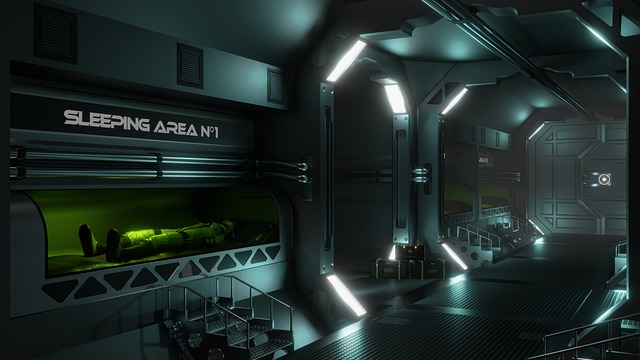Exploring the Spatial Dimension: Enhancing Your Mixes with Spatial Effects
When you dive into the art of mixing, it’s easy to get caught up in the basics—EQ, compression, and volume levels. However, to transform a flat, lifeless track into an immersive auditory experience, you need to embrace a crucial but often overlooked element: the spatial effect. This subtle yet powerful tool can turn your mix into a three-dimensional soundscape, giving each instrument its own place to breathe and shine.
Understanding the Power of Space in Mixing
Think of your mix as a room filled with musicians. Without spatial awareness, everyone is crowded into one corner, competing for your attention. The spatial effect helps you arrange these “musicians” by manipulating width, depth, and height within the stereo field. This creates a sense of distance and direction, making the listener feel like they’re sitting in the middle of a live performance rather than hearing a flat recording.
Common Techniques to Create Spatial Effects
- Reverb: Adds a sense of environment and depth by simulating how sound reflects off surfaces.
- Delay: Creates echoes that can make an element stand out or blend smoothly depending on timing and feedback.
- Panning: Distributes sounds across the left and right stereo field to provide width and separation.
- Stereo Imaging Tools: Enhance or reduce the stereo spread, giving you precise control over the perceived width.
- Mid/Side Processing: Allows manipulation of the center and sides independently, balancing focus and spaciousness.
How Spatial Effects Affect Emotional Impact
In mixing, sound isn’t just heard; it’s felt. The spatial effect drives emotional engagement by crafting an atmosphere. A vocal drenched in lush reverb can evoke nostalgia and warmth. A dry, upfront drum hit brings aggression and intimacy. By thoughtfully applying space, you guide the listener’s emotional journey through your track, making the experience more immersive and memorable.
Tips for Using Spatial Effects Wisely
- Less is More: Overusing spatial effects can clutter your mix and make it sound distant or muddy.
- Mix in Context: Always apply spatial effects while listening to the whole mix to ensure they complement each other.
- Duck Reverb on Vocals: Sidechain your reverb to the dry vocal to keep it clear while retaining spaciousness.
- Automate for Dynamics: Automate spatial parameters to make certain elements pop or recede during key moments.
- Experiment with Depth: Not all sounds need the same amount of space—give leads more presence, and background elements more distance.
Final Thoughts
Mastering spatial effects is like adding an extra dimension to your mixes. It’s a way to paint with sound, sculpting not just the notes but the environment in which they live. As you experiment and develop your spatial awareness, you’ll notice your mixes evolving from mere recordings to captivating sonic experiences that pull your listeners in and keep them hooked. So next time you sit down to mix, remember: the magic isn’t just in the notes—it’s in the space around them.



